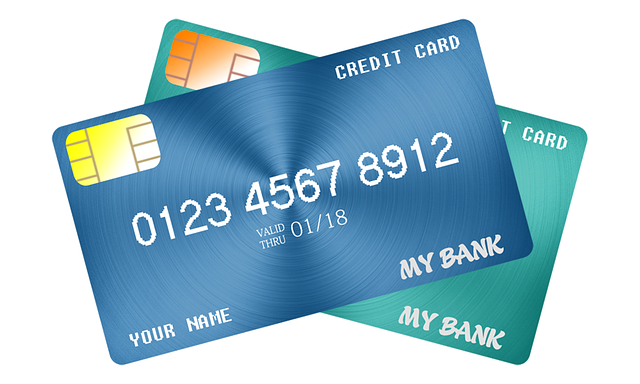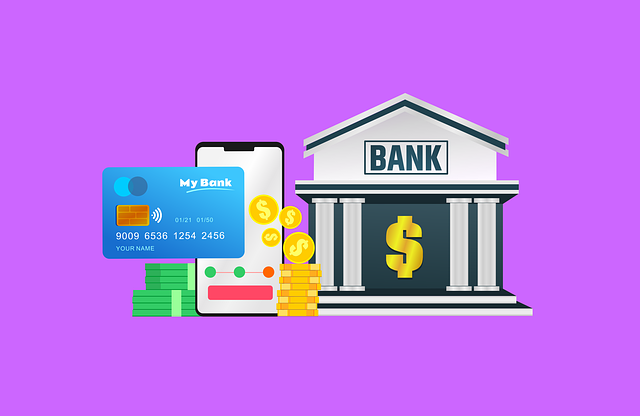Unpaid invoices serve as an often-overlooked yet powerful quick funding source for businesses. By selling these outstanding debts to factoring companies, startups and small enterprises gain rapid access to capital without traditional collateral. This method offers a swift solution for working capital needs, allowing companies to cover short-term expenses, invest, or manage emergencies promptly. However, it involves assessing invoice quality, client creditworthiness, and managing risks like late payments. Selecting reputable factoring firms with competitive rates and transparent communication is crucial. Effective quick funding through unpaid invoices has been successfully used by various businesses to seize growth opportunities and overcome financial challenges in today's digital age.
“Unleash the power of your unpaid invoices for fast and efficient funding! This article explores a game-changing strategy for businesses seeking rapid capital injection. By leveraging invoice financing, you can transform pending payments into immediate cash flow.
We’ll guide you through the process, from understanding the value of unpaid invoices as collateral to selecting the ideal factoring company. Discover the benefits, potential drawbacks, and real-world success stories. Learn best practices for efficient invoice management to make the most of this quick funding method.”
- Understanding Unpaid Invoices as Collateral
- The Process of Leveraging Invoice Financing
- Benefits and Drawbacks of Quick Funding via Invoices
- Choosing the Right Invoice Factoring Company
- Case Studies: Success Stories of Fast Funding
- Best Practices for Effective Invoice Management
Understanding Unpaid Invoices as Collateral

Unpaid invoices are often overlooked as a potential source of fast funding for businesses, but they hold significant value as collateral. In simple terms, an invoice represents a promise to pay for goods or services rendered. When a customer fails to settle their bill, it creates an outstanding debt that can be leveraged by the business to secure immediate financial support. This unconventional approach allows companies to access quick funding without traditional collateral like real estate or physical assets, which is especially beneficial for startups and small enterprises with limited resources.
By selling unpaid invoices to alternative financing providers or factoring companies, businesses can receive a substantial cash inflow almost instantly. These transactions are typically structured as a loan against the future payments due on the invoices, providing an efficient way to bridge cash flow gaps and fund operations, expansion, or unexpected expenses. This method offers a quicker and more accessible solution for working capital needs compared to conventional bank loans, making it an attractive strategy for those seeking fast funding.
The Process of Leveraging Invoice Financing

The process of leveraging invoice financing for fast funding involves a strategic approach where businesses can unlock immediate cash flow from their existing invoices. It begins with identifying unpaid invoices that have been issued to clients but remain outstanding. These invoices represent uncollected money, which can be used as collateral to secure funding. The business then partners with an invoice financing provider or uses specialized software to streamline the process.
Once partnered, the provider evaluates the quality and value of the invoices, considering factors like the creditworthiness of the clients and the terms of the contracts. After a thorough assessment, they advance a percentage of the total invoice amount as quick funding. This immediate cash injection allows businesses to cover short-term expenses, invest in growth opportunities, or manage any financial emergencies. The remaining balance is typically paid upon receipt of the invoices from the clients, ensuring a flexible and risk-mitigated financing solution.
Benefits and Drawbacks of Quick Funding via Invoices

Leveraging unpaid invoices for fast funding offers businesses a unique opportunity to access cash flow swiftly, especially during unexpected financial strains. This method eliminates the need for traditional loan applications and lengthy approval processes, providing an immediate solution for working capital needs. Benefits include reduced administrative burdens, as invoicing and payment tracking become streamlined, allowing businesses to focus on core operations. Additionally, it can enhance cash management by accelerating receivables, ensuring faster turnover of funds.
However, there are drawbacks to consider. Late payments or frequent invoice defaults can negatively impact a company’s financial health and reputation, potentially damaging supplier relationships. Accurately assessing the value of invoices and managing accounts receivable takes expertise and efficient systems, which may be challenging for some businesses. Furthermore, this funding method relies on timely customer payment, making it less predictable than other financing options.
Choosing the Right Invoice Factoring Company

When seeking fast funding through invoice factoring, selecting the right company is paramount. It’s crucial to look beyond flashy promises and focus on reputable firms with a proven track record in the industry. Research their terms, fees, and customer reviews to ensure they offer competitive rates, flexible options, and transparent communication – key factors for accessing quick funding without unnecessary stress.
Consider your business’ unique needs when making this choice. Compare offers from multiple providers, scrutinizing fine print details, and understanding the entire process. A trustworthy invoice factoring company will empower you to transform unpaid invoices into immediate cash flow, providing the liquidity needed to seize opportunities, manage unexpected expenses, or simply sustain day-to-day operations with ease.
Case Studies: Success Stories of Fast Funding

In today’s digital era, businesses are increasingly turning to innovative strategies for securing fast funding. One such method gaining traction is leveraging unpaid invoices as a source of immediate capital. This approach, often referred to as “quick funding,” has proven successful for numerous companies across various sectors. For instance, consider a small business owner who, after providing services and sending invoices, discovers that payment is delayed due to cash flow issues at the client’s end. Instead of waiting patiently for payment, this entrepreneur decides to monetize their unpaid invoices through specialized platforms or financial institutions offering fast funding against these outstanding bills.
These case studies offer compelling evidence of quick funding’s potential. For example, a tech startup facing an urgent need for expansion capital was able to secure a substantial loan by factoring in their existing, but uncollected, invoices. Similarly, a retail business struggling with seasonal fluctuations found relief through short-term financing backed by its accumulated unpaid invoices. Such success stories highlight how this strategy can provide much-needed liquidity to businesses, enabling them to navigate financial challenges and seize growth opportunities without lengthy traditional loan processes.
Best Practices for Effective Invoice Management

Effective invoice management is key to unlocking quick funding opportunities. First, streamline your invoicing process by using specialized software that automates tasks like generating invoices, sending reminders, and tracking payments. This not only saves time but also ensures accuracy in record-keeping. Additionally, maintain a consistent invoicing schedule to create predictability for clients, making it easier to forecast cash flow.
Second, prioritize communication with clients. Clearly state payment terms on each invoice and follow up promptly if payments are delayed. Building strong client relationships fosters trust and encourages timely payments, thereby enhancing your access to quick funding through unpaid invoices.






